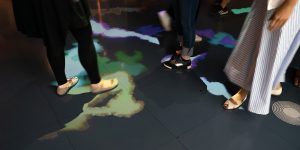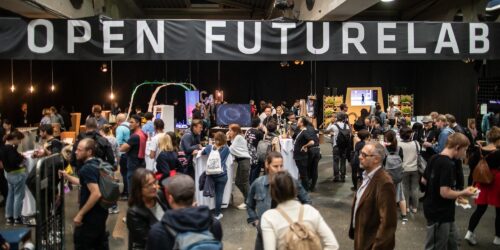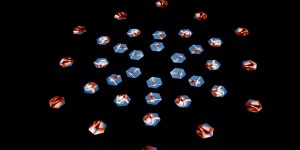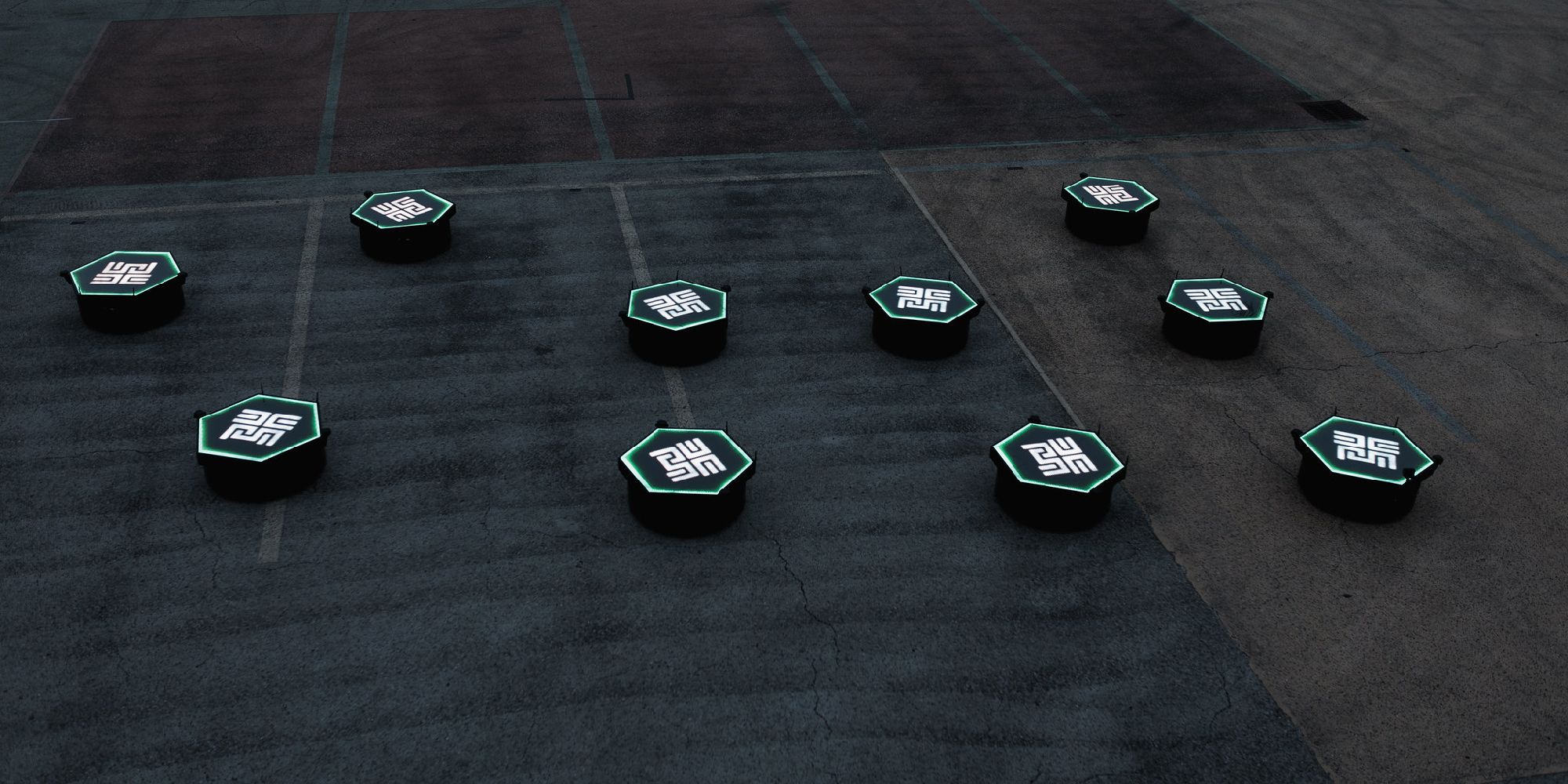Horst Hörtner
-

Artistic Journalism 2021
Online Course on Social Dialogue
In 2021, Ars Electronica Futurelab’s Artistic Director Hideaki Ogawa taught an online course at Keio University SFC (Shonan Fujisawa Campus) on “Artistic Journalism”: the act of creating a social dialogue through artistic expression, research, exploration, and action.
-

Hybrid Space
Interactive Telepresence Museum Experience
Hybrid Space was an installation by the Ars Electronica Futurelab, presented as part of the lab’s 25-years anniversary in 2021. It provided an interactive space in the Ars Electronica Center where museum visitors could meet and interact with online visitors.
-

Future Ink
In Creativity, Where Is My Soul?
The Future Ink Project is a research project to explore the future of creativity from all aspects of ink. Various prototypes were developed in the course of Future Ink, from using tablets and drones to paint to visualizing brainwaves and body signals as immersive three-dimensional ink.
-

Artistic Journalism
Artistic journalism is the act of creating a social dialogue through artistic expression, research, exploration, and action. To engage students in this method, Ars Electronica Futurelab co-director Hideaki Ogawa has been teaching “Artistic Journalism” online courses at Keio University SFC (Shonan Fujisawa Campus).
-

Open Futurelab 2019
The festival site at POSTCITY in Linz was used as a stage for Open Futurelab until 2019. Created with the Japanese public broadcasting company NHK, Media Platz was a prototype of an open media plaza consisting of cardboard and high-resolution screens, which was used as a forum for public debate. Various panel discussions took place…
-

Swarm Arena @Miraikan
In the beginning, there was a shared research interest: How can swarm-based technology be embedded in everyday media use and what new possibilities of communication or artistic expression does it offer as a visual medium? The Japanese telecommunications company NTT and the Ars Electronica Futurelab have been investigating these questions since 2017 and have repeatedly…
-

swarmOS
swarmOS is a powerful operating system to control large-scale swarms of UAVs (flying drones) as well as UGVs (drones that drive on the ground), invented and constantly expanded by the Ars Electronica Futurelab.
-

Understanding AI
What can we understand by the term Artificial Intelligence and what do we want to understand by it? What do we actually understand about human intelligence and what does it have to do with attempts at modelling it?
-

Lazarus
For the musical’s adaption of Lazarus for the Musiktheater Linz (English with German dialogue), the Landestheater Linz engaged in a special cooperation with the Ars Electronica Futurelab, in order to utilize media art to stage the material in a special contemporary appearance.
-

Swarm Compass
Japanese telecommunications giant NTT and the Ars Electronica Futurelab have been working together since 2017 on how to use drones—aka unmanned aerial vehicles—as a means of communication. The Sky Compass project laid the groundwork in 2017; now, Swarm Compass takes this initiative to the next level.
-

Swarm Arena
Swarm Arena is the latest outcome of joint research efforts by the Ars Electronica Futurelab and Japanese telecommunications giant NTT. The collaboration started in 2017 with the aim to work on using unmanned aerial or ground vehicles (UAVs and UGVs) as a means of communication.
